The Philadelphia restaurant scene is abuzz with the news that the famed Michelin Guide is coming to town.
As a research chef and educator at Drexel University in Philadelphia, I am following the Michelin developments closely.
Having eaten in Michelin restaurants in other cities, I am confident that Philly has at least a few star-worthy restaurants. Our innovative dining scene was named one of the top 10 in the U.S. by Food & Wine in 2025.
Researchers have convincingly shown that Michelin ratings can boost tourism, so Philly gaining some starred restaurants could bring more revenue for the city.
But as the lead author of the textbook “Culinary Improvisation,” which teaches creativity, I also worry the Michelin scrutiny could make chefs more focused on delivering a consistent experience than continuing along the innovative trajectory that attracts Michelin in the first place.
Ingredients for culinary innovation
In “Culinary Improvisation” we discuss three elements needed to foster innovation in the kitchen.
The first is mastery of culinary technique, both classical and modern. Simply stated, this refers to good cooking.
The second is access to a diverse range of ingredients and flavors. The more colors the artist has on their palette, the more directions the creation can take.
And the third, which is key to my concerns, is a collaborative and supportive environment where chefs can take risks and make mistakes. Research shows a close link between risk-taking workplaces and innovation.
According to the Michelin Guide, stars are awarded to outstanding restaurants based on: “quality of ingredients, mastery of cooking techniques and flavors, the personality of the chef as expressed in the cuisine, value for money, and consistency of the dining experience both across the menu and over time.”
The criteria do not mention innovation.
It’s possible the high-stakes lure of a Michelin star, which awards consistent excellence, could lead Philly’s most vibrant and creative chefs and restaurateurs to pull back on the risks that led to the city’s culinary excellence in the first place.
Photo courtesy of Vernick Fish
The obvious contenders
Philadelphia’s preeminent restaurant critic Craig LaBan and journalist and former restaurateur Kiki Aranita discussed local contenders for Michelin stars in a recent article in the Philadelphia Inquirer.
The 19 restaurants LaBan and Aranita discuss as possible star contenders average just over a one-mile walk from the Pennsylvania Convention Center.
Together they have received 78 James Beard nominations or awards, which are considered the “Oscars” of the food industry. That’s an average of over four per restaurant.
And when I tried to book a table for two on a Wednesday and Saturday before 9 p.m., about half were already fully booked for dinner two weeks out, in July, which is the slow season for dining in Philadelphia.
If LaBan’s and Aranita’s predictions are right, Michelin will be an added recognition for restaurants that are already successful and centrally located.

Jeff Fusco/The Conversation, CC BY-SA
Off the beaten path
When the Michelin Guide started in France at the turn of the 19th century, it encouraged diners to take the road less traveled to their next gastronomic experience.
It has since evolved into recommendations for a road well traveled: safe, lauded and already hard-to-get-into restaurants. In Philly these could be restaurants such as Vetri Cucina, Zahav, Vernick Fish, Provenance, Royal Sushi and Izakaya, Ogawa and Friday Saturday Sunday, to name a few on LaBan and Aranita’s list.
And yet Philadelphia has over 6,000 restaurants spread across 135 square miles of the city. Philadelphia is known as a city of neighborhoods, and these neighborhoods are rich with food diversity and innovation.
Consider Jacob Trinh’s Vietnamese-tinged seafood tasting menu at Little Fish in Queen Village; Kurt Evans’ gumbo lo mein at Black Dragon Takeout in West Philly; the beef cheek confit with avocado mousse at Temir Satybaldiev’s Ginger in the Northeast; and the West African XO sauce at Honeysuckle, owned by Omar Tate and Cybille St.Aude-Tate, on North Broad Street.
I hope the Michelin inspectors will venture far beyond the obvious candidates to experience more of what Philadelphia has to offer.
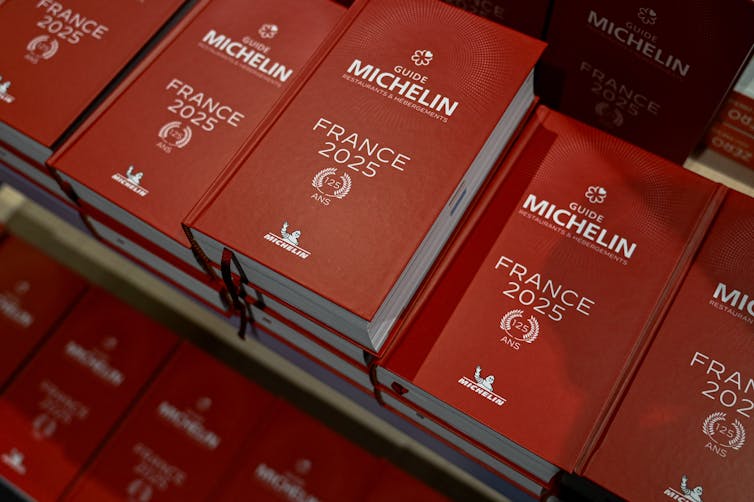
Matthieu Delaty/Hans Lucas/AFP via Getty Images
Raising the bar
In the frenzy surrounding the Michelin scrutiny, chef friends have invited me to dine at their restaurants and share my feedback as they refine their menus in anticipation of visits from anonymous Michelin inspectors.
Restaurateurs have been asking my colleagues and me for talent suggestions to replace well-liked and capable cooks, servers and managers whom owners perceive to be just not Michelin-star level.
And managers are texting us names of suspected reviewers, triggered by some tell-tale signs – a solo diner with a weeknight tasting menu reservation, no dietary restrictions or special requests, and a conspicuously light internet presence.
In all, I am excited about Philadelphians being excited about Michelin. Any opportunity to spotlight the city’s restaurant community and tighten its food and service quality raises the bar among local chefs and restaurateurs and makes the experience better for diners. And the prospect of business travelers and culinary tourists enjoying lunches and early-week dinners can help restaurants, their workers and the city earn more revenue.
But in the din of the press events and hype, let’s not forget that Philadelphians don’t need an outside arbiter to tell us what we already know: Philly is a great place to eat and drink.
_Read more of our stories about Philadelphia.

The post “Michelin Guide scrutiny could boost Philly tourism, but will it stifle chefs’ freedom to experiment and innovate?” by Jonathan Deutsch, Professor of Food and Hospitality Management, Drexel University was published on 06/27/2025 by theconversation.com










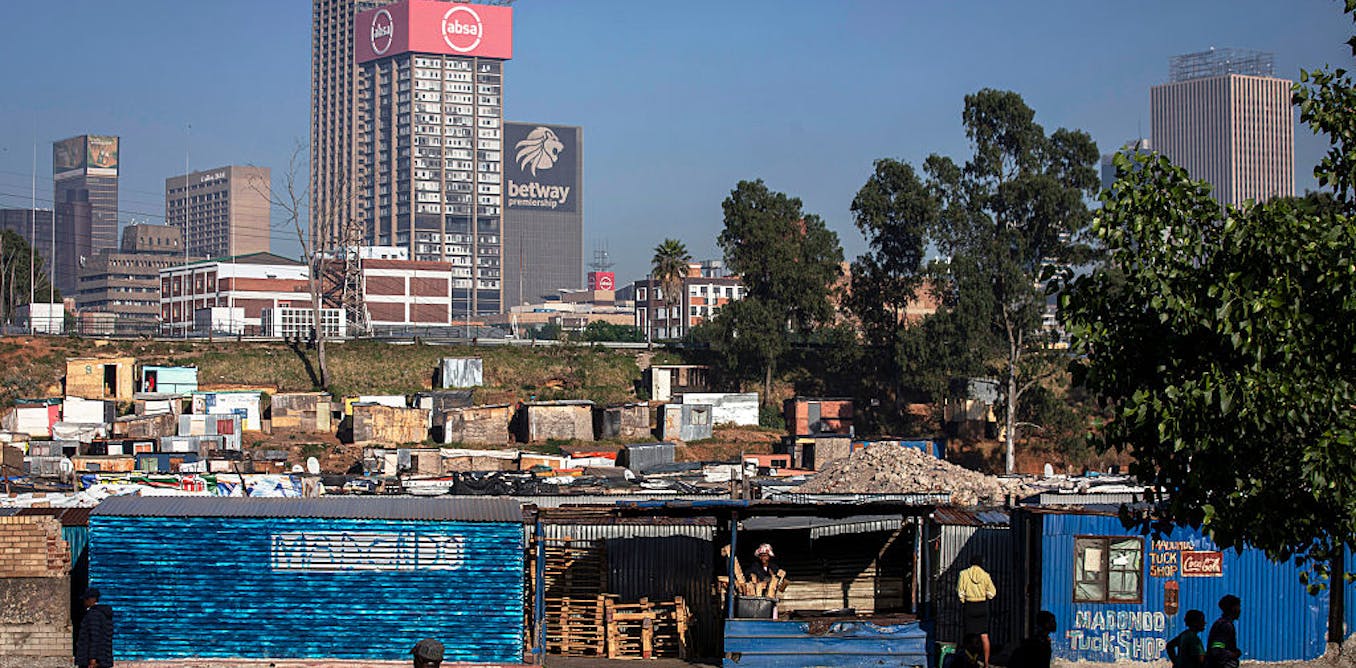


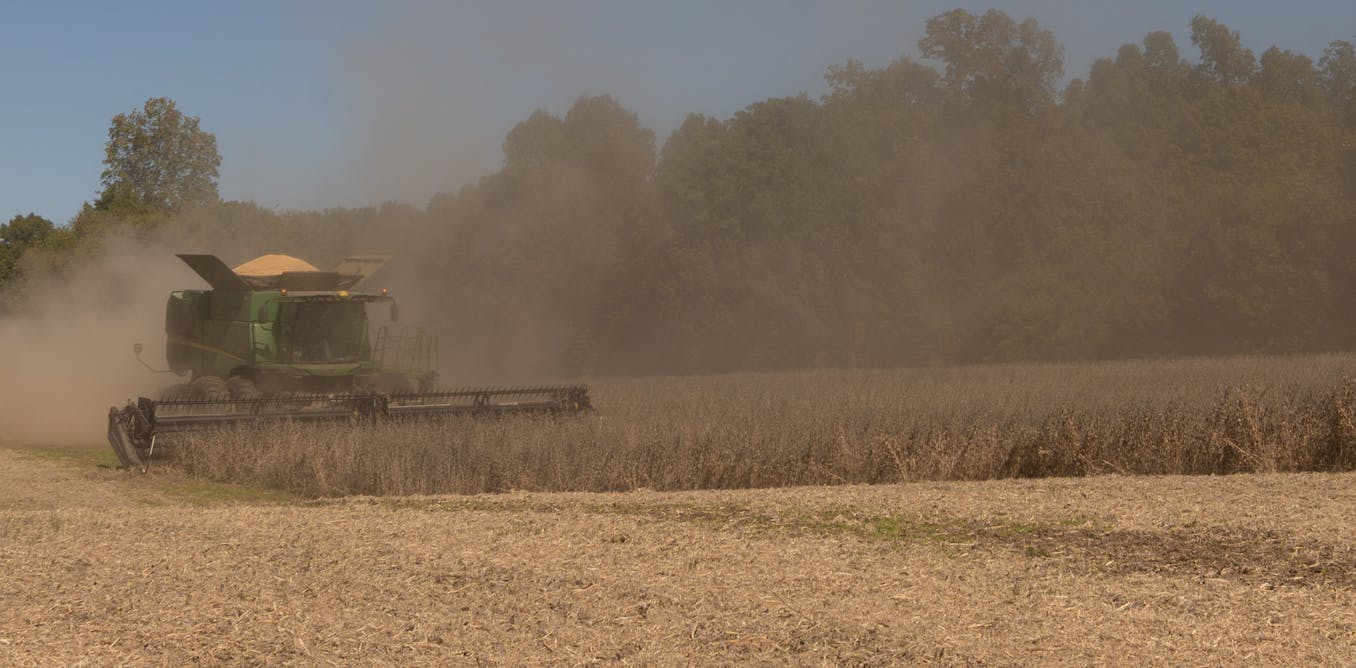




















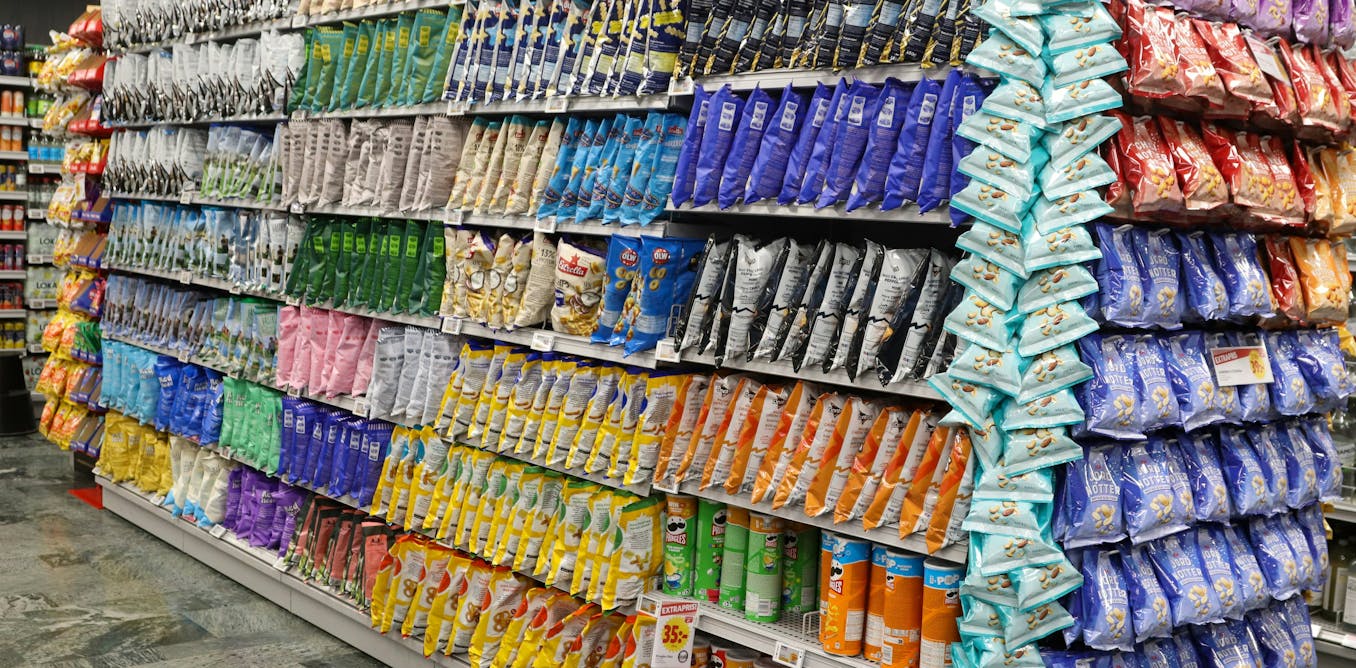
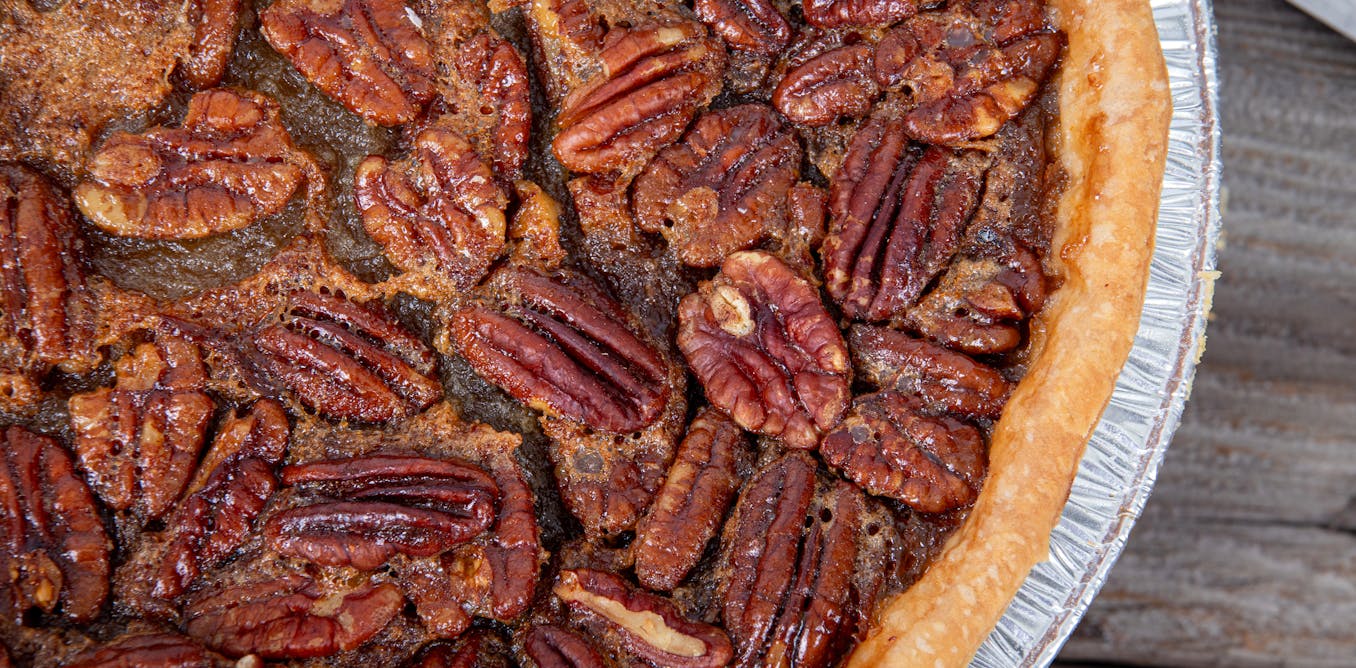
Leave a Reply